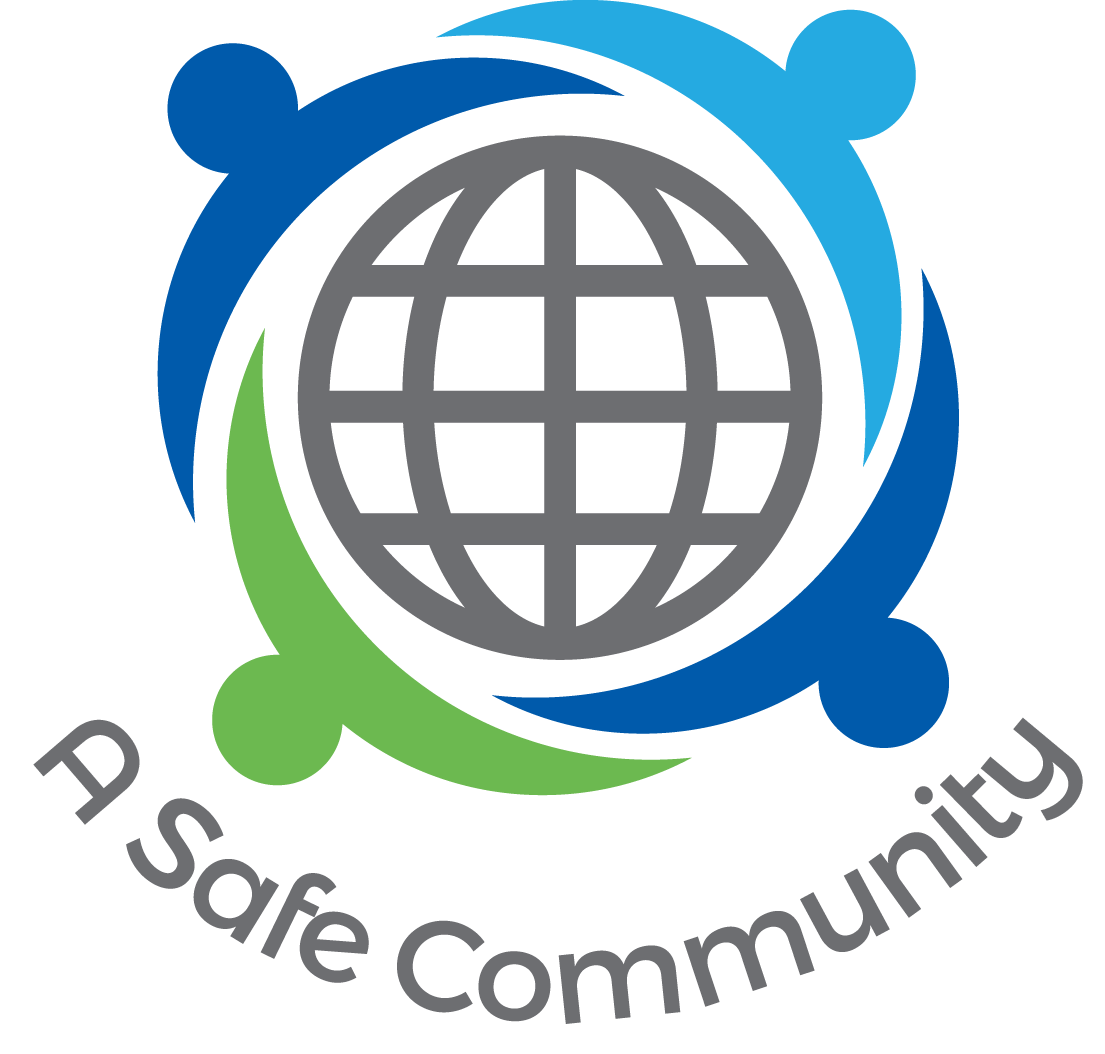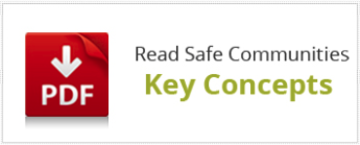Why become a Safe Community
Safe Communities is not another project or a programme, it is an integrated way of doing business. The Safe Community model is widespread internationally and is recognised by the World Health Organization (WHO) as an effective and acceptable intervention to address community and individual safety, resilience and wellbeing. The Safe Communities concepts embody the values and philosophies of whanaungatanga (relationships) manaakitanga (respect, care and support) and tino rangatiratanga (self-determination and autonomy). The model promotes public health and community development principles with a strong focus on building capacity to implement collective actions through building inclusive, resilient and connected communities. This actively supports the Government wellbeing agenda and the overarching Sustainable Development Goals.
Communities go through an accreditation process to demonstrate commit to key concepts and ways of working. Contact us to know more.
How many Safe Communities do we have in New Zealand ?
Since the Safe Communities Foundation New Zealand (SCFNZ) was established in 2004, there has been exponential growth of Safe Communities, with just over 3.3 million (68%) New Zealanders living in an accredited Safe Community. 26 cities and districts are currently engaged in the network and participation is open and accessible to any and every community within Aotearoa New Zealand.
Safe Communities are locally established coalitions of government agencies, business, NGOS and community groups that have a focus on individual and community resilience and wellbeing. They commit to achieving and maintaining the criteria for accreditation (the Safe Communities model), with most. Safe Communities hosted and/or funded by their local Council and several are collectives between two or more Councils. It is seen as a mechanism for bringing together agencies and groups that usually work in isolation or in silos to develop a collective ‘lens’ and generate a collective ‘weight’ to the process of identifying and responding to pressing community issues.
Safe Communities is seen as a setting where conventional thinking can be challenged, where new and innovative ideas are developed and where there is a balance between strategic and tactical thinking/planning.
Every accredited Safe Community:
- has a collaborative governance structure and engages a coordinator to manage the day to day activities
- is responsible for determining their own priorities, issues/needs analysis, planning, implementation, community engagement and partnerships
- maintains and strengthens relationships with local community groups and networks and has a strong focus on community-led development
- brings together diverse sectors eg family violence, alcohol harm, road safety, water safety, new migrant, civil defence, and creates synergies between them that reflect local needs and capacities
There is no ‘one size fits all’ formula for Safe Communities. Each area creates its own structures, priorities and activities that are appropriate and responsive to local needs and conditions. See the full list of accredited Safe Communities, and their priorities, initiatives and outcomes.
What are the benefits of working together?
- Increased synergy - developing collaborative relationships, building critical mass and credibility.Increased community social capital and the mobilising of action. Having a mechanism for joint interagency work on a wide range of wellbeing, resilience and safety issues determined by the community
- Mapping and linking current initiatives, creating a clearer and more comprehensive picture of local risks.
- Sharing best practice and developing an integrated problem-solving approach to planning.
- Increasing impact and reach - one message many voices, resulting in a continuity of messages and interventions.
- Combining of creativity, perspectives, skills and resources to run and fund projects
- Having a coordinator dedicated to help make things happen and ensure continuity and sustainability
- Participating in regional and national networks and training opportunities
- Providing a means of meaningful community participation, consultation and determination of community needs.


